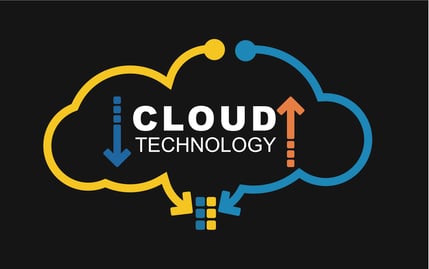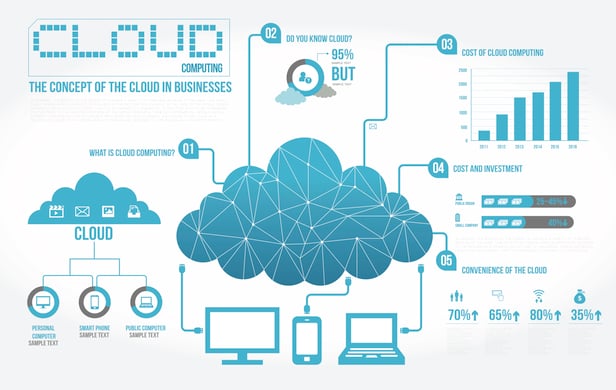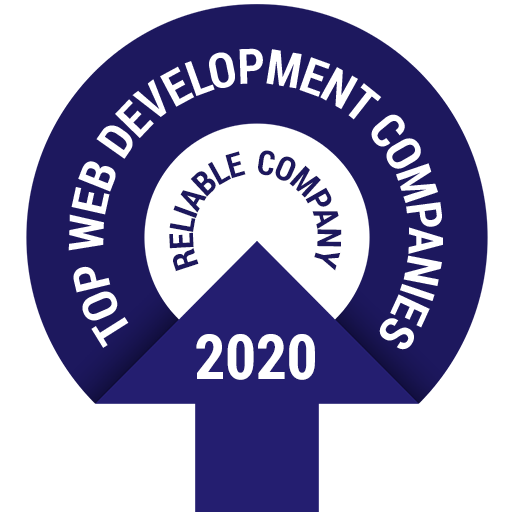Enterprises have now understood the potential in the cloud. The cloud that serves the business with more self service ability and elasticity is now on high demand. As enterprises successfully make the transition and move their applications and services to the cloud, they are still left with a bigger issue which they cannot neglect – these enterprises haven’t been shifted their mission critical applications to the cloud. These applications for most of the enterprises are still pocketed in their own data center hosted by their servers. Hence as a reality check it hasn’t been possible for harnessing the cloud advantage to its full extent.
Where do Enterprises Go Wrong?
Is is important for enterprises to fix this issue and complete the transition. It has to be understood also that it is not a simple job to move these mission critical applications. Security is the highest concern. It also involves the availability of the technology to support these apps. Since the cloud is still going through its maturing phase, there’s scepticism as well as complexity involved in making the shift. This has created a gap in strategy between the critical apps and the non critical apps.

However, this too shall pass. New innovations in cloud technology to meet the demands of the mission critical apps are already around. With time, a more mature and stable phase of cloud shall emerge which will make it more convenient for enterprises to move their critical apps to the cloud. Then the benefits of cost, efficiency and agility will come a full circle and not be limited to non critical apps.
Let’s try to understand as to how enterprises can make the complete transition before their competitors start making benefits out of the same. The approach to cloud services definitely needs to shift from infrastructure to application-centric(SAAS Application Development). Lets outline the 3 steps involved in reaching out to our goal:
-
Identify a new route to availability
High availability is the first key and is absolutely non-negotiable. But then if we look at the recent Microsoft’s Azure cloud service outage, we can see for ourselves the downside of high availability. If you think that spotty availability is the only obstacle, then you are wrong.
- It’s therefore important to chart new route to availability rather than looking at it as a one way street.
- The orthodox hardware based infrastructure centric approach doesn’t match with the fluid dynamics of the cloud environment.
- The application centric approach comes into use now when we approach availability with the concept of software defined availability. Recovery becomes much more simplified via this approach.
This minimizes the risk involved in moving the critical apps to the cloud and doesn’t require any re-engineering. Also it is a time and cost effective approach. This simplifies most of the complexity involved in the transition.

-
Strengthen the orchestration abilities
Orchestrating the cloud resources is the next step for a successful transition. Exact pocketing of data where it needs to be(the right time, the right place aphorism) is taken care by strong orchestration capabilities. Its noteworthy to point out that critical applications do not have a static requirement. They are also fluid in nature and do not remain mission critical at every point of the timeline.
For example in a Christmas season, a payment processing application becomes critical and during the start of every month, financial services in the form of salary transactions become critical. Hence scalability needs to be incorporated according to the need and time.
- A dynamic application configuration approach will also reduce the need for rewriting applications.
- Dynamic orchestration in the cloud enables deployment of an application only when that degree of maximum availability is required.
- Without any interruption of any services, this saves money and effectively manages the computing resources.
-
Tapping open source technologies
Open source definitely cuts down on costs. Proprietary technology always bring along with it expensive licenses, fees and miscellaneous expenses.
- Tapping open source technologies like Linux, Kernel-based Virtual Machine, OpenStack can drastically change the ball game and make cloud services more profitable than they otherwise were.
- These technologies also provide the enterprise with software defined availability and allow strong orchestration.
Open source technology is here to stay and is only bound to grow. Hence harnessing the power at the earliest would be a wise business policy.
Conclusion
To be a step ahead in the race for cloud applications, the critical apps need to be immediately moved to the cloud. It is indeed a complex and a risky affair but then with the right kind of approach the risks can be minimized. Before the competitors fasten their belts, enterprises need to make the move and look forward to having a successful transition to the cloud. With cloud getting into its mature stage, the prospects only look brighter. The traditional methods of hosting applications need to be given up for good and cloud needs to be embraced in the most effective way possible. The leap to the cloud is easy if done the right way.
Remember to tickmark the following before making that move:
| 1. Application centric approach |
| 2. Software defined availability |
| 3. Develop strong orchestration abilities |
| 4. Open Source |

Written by Tanya Kumari
Tanya leads the Digital Marketing Team at Classic Informatics, a leading web development company . She is an avid reader, music lover and a technology enthusiast who likes to be up to date with all the latest advancements happening in the techno world. When she is not working on her latest article on agile team dynamics, you can find her by the coffee machine, briefing co-workers on the perks of living a healthy lifestyle and how to achieve it.








.png)

.png)









